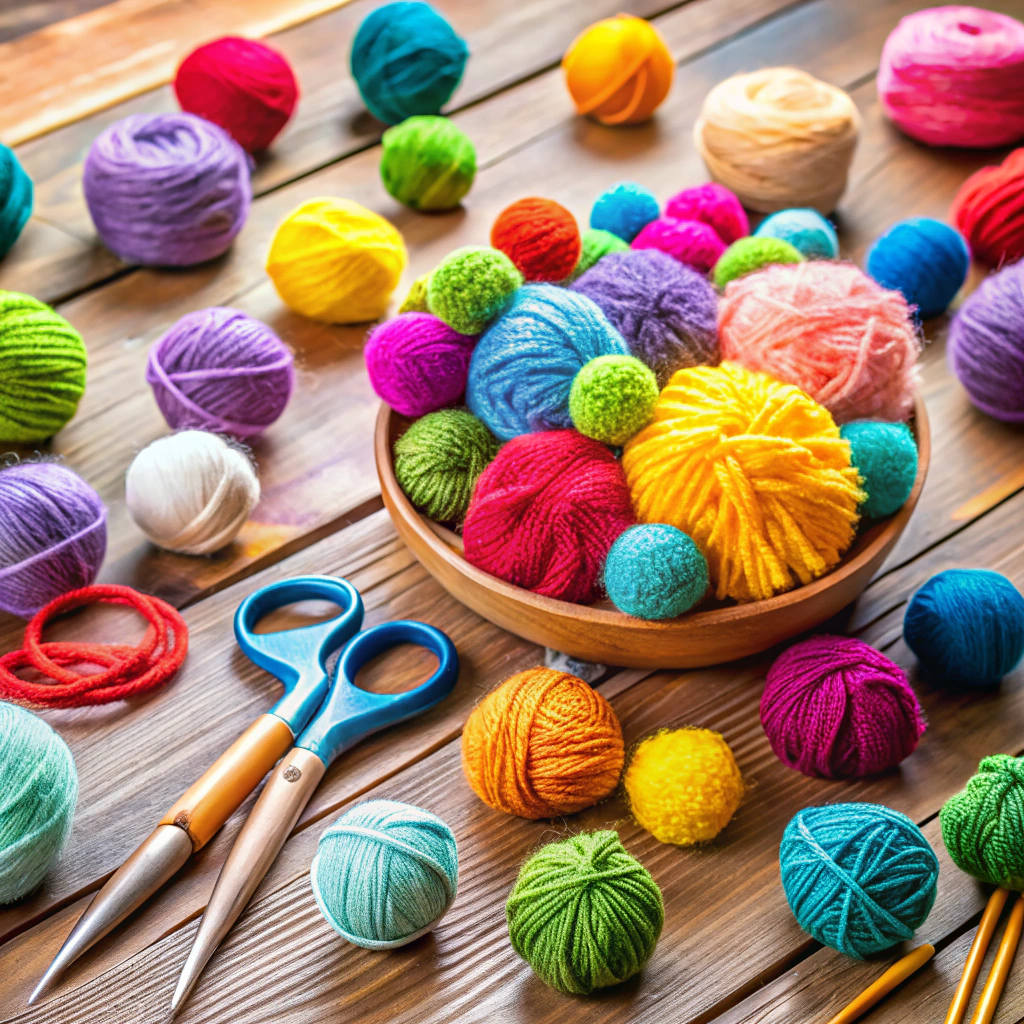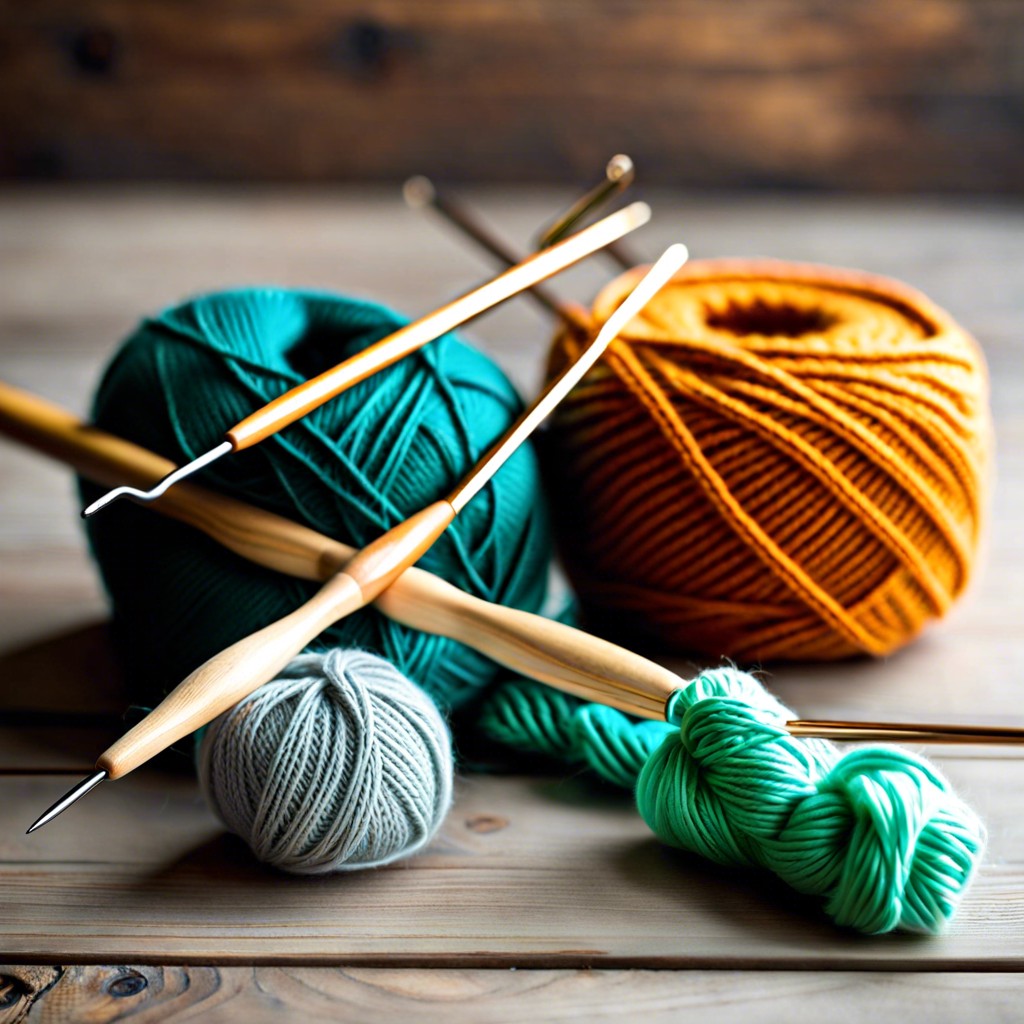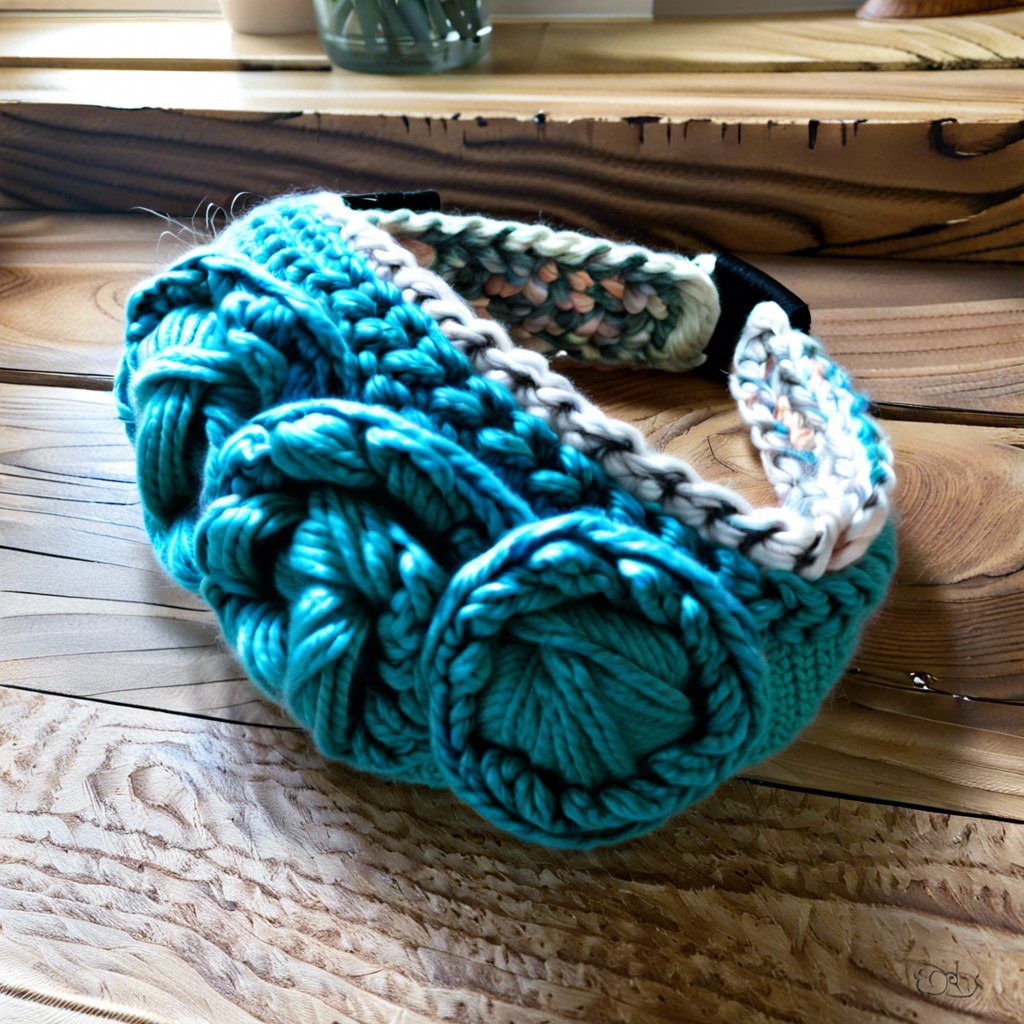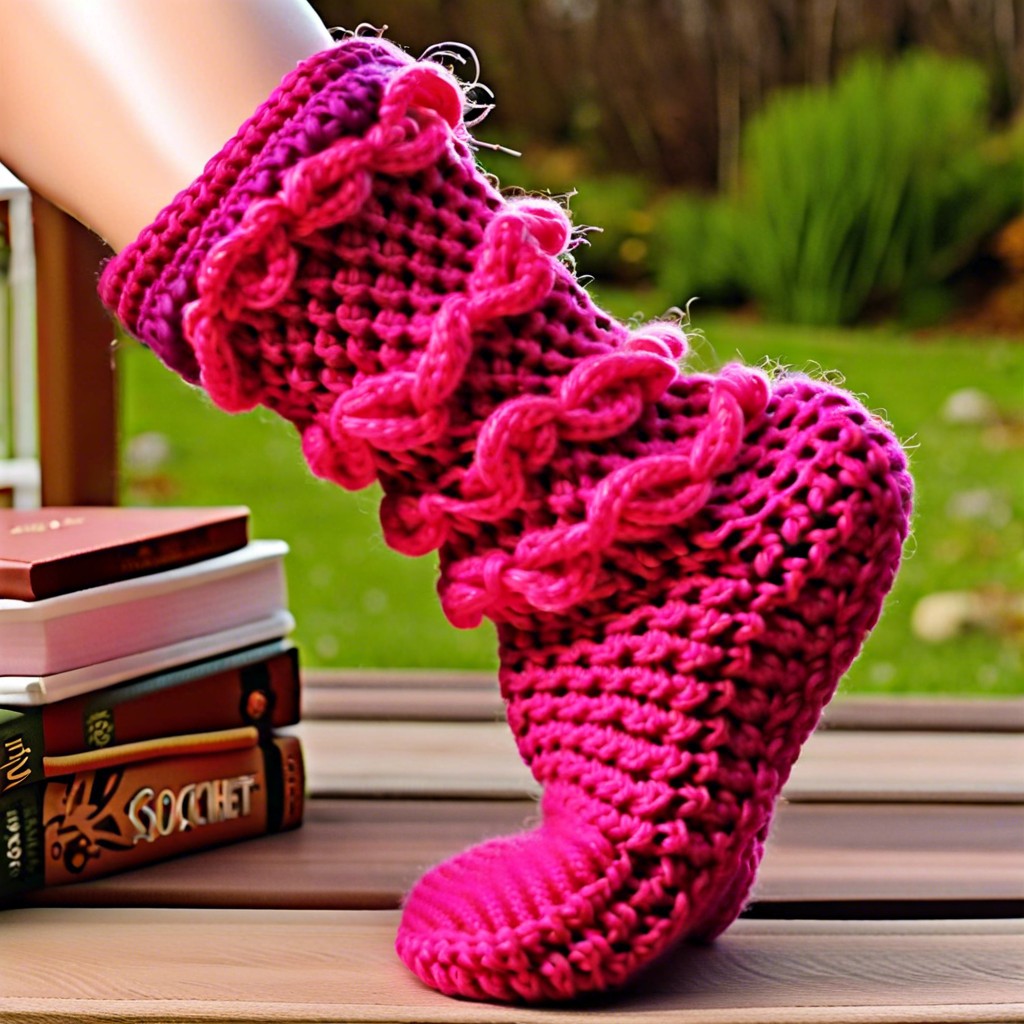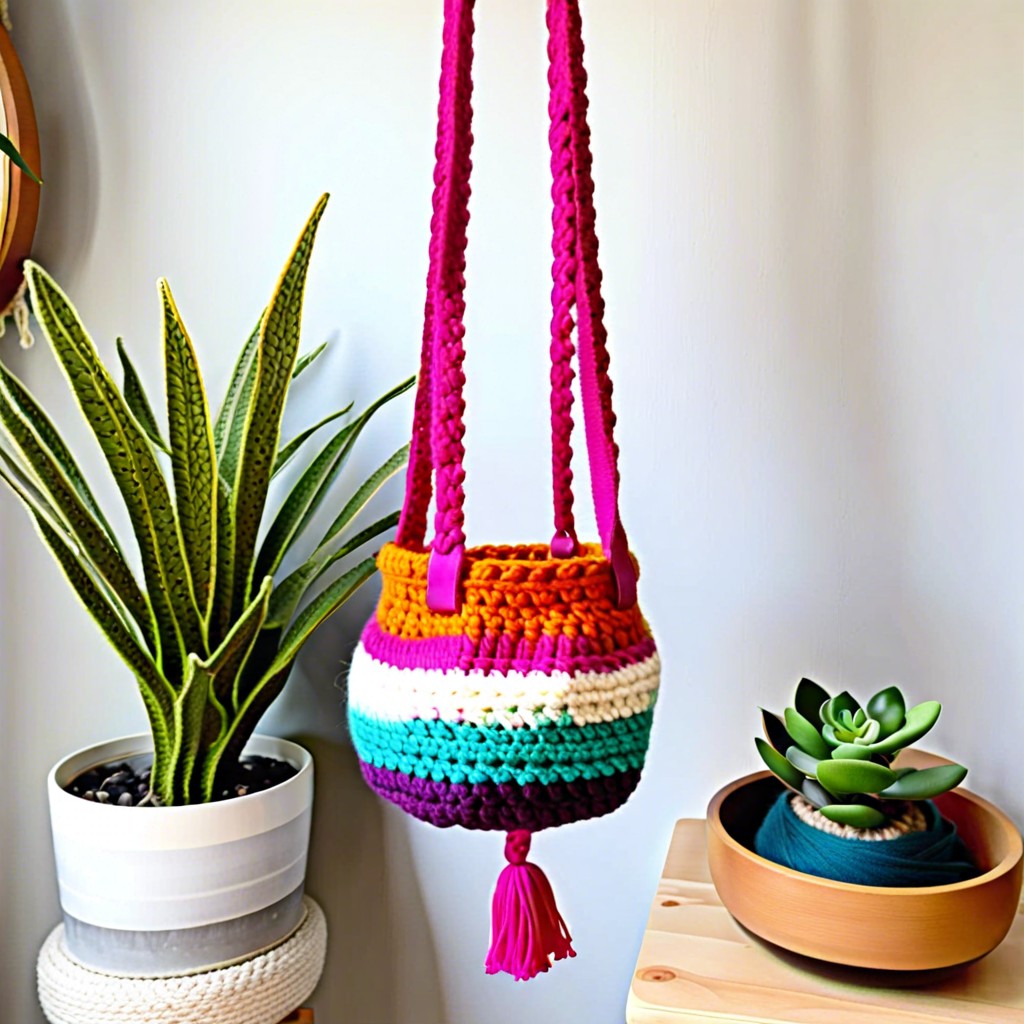Discover the various types of yarn packages in this informative blog, as we unravel a world of textures, colors, and materials perfect for your next knitting or crocheting project.
If you’re a yarn enthusiast like me, you know that picking the right yarn can make all the difference in your project. But have you ever considered how your yarn is packaged? From skeins to balls to hanks, there are various ways that manufacturers package their yarn.
Each type of packaging has its own unique advantages and disadvantages. In this blog post, we’ll explore the different types of yarn packages and help you decide which one is best for your next project.
So grab your hooks and needles, and let’s dive in!
Natural Fiber Yarn Packages
Natural fibers are a popular choice for many yarn enthusiasts due to their softness, breathability, and eco-friendliness. Natural fiber yarn packages can come in various shapes and sizes, but the most common packaging is the skein.
Skeins are long loops of yarn that have been twisted together and tied at intervals to keep them from tangling. They’re easy to work with since you can pull out one end while keeping the rest of the skein intact.
Another type of natural fiber package is hanks which are similar to skeins but not twisted or tied off like a ball or cone shape would be. Hanks need winding into balls before use as they tend towards tangling if used directly from their original form.
Synthetic Fiber Yarn Packages
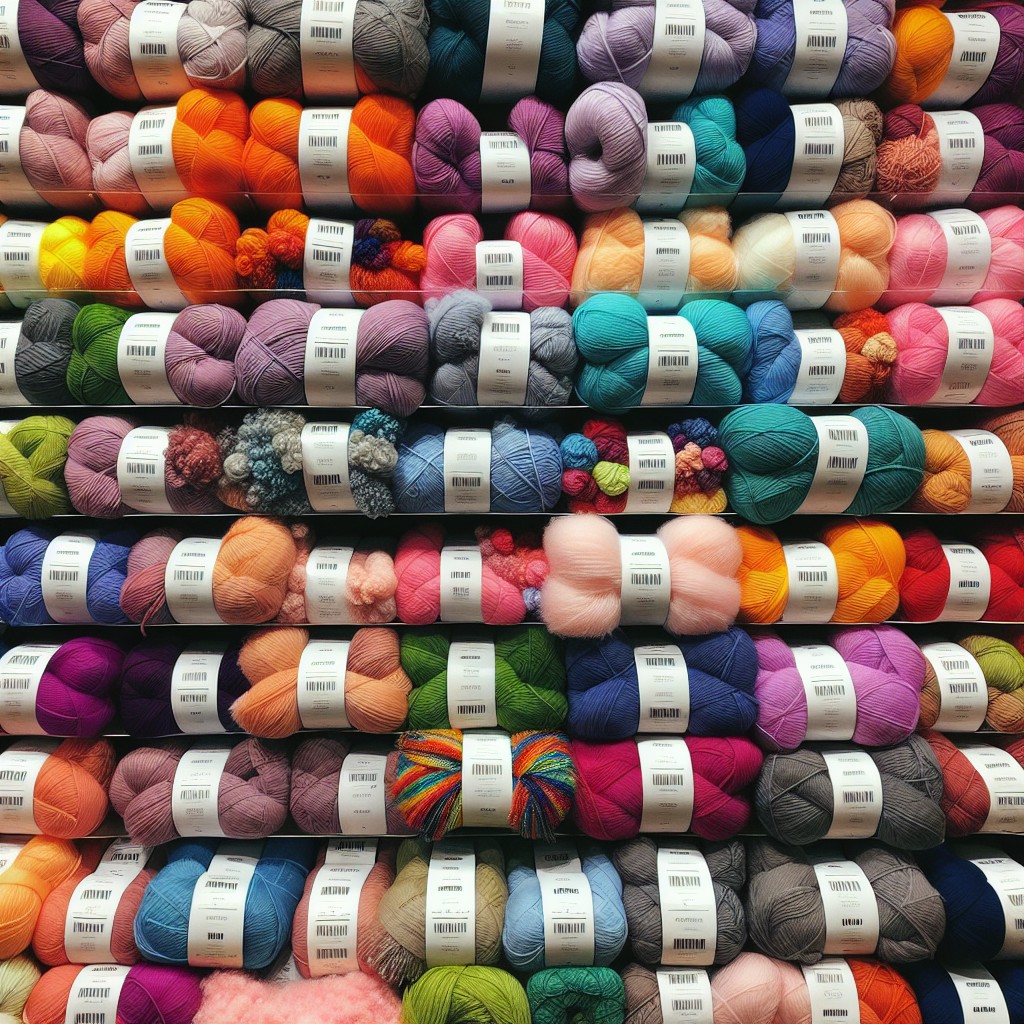
These types of fibers are made from man-made materials such as acrylic, nylon, polyester or rayon. They come in various shapes and sizes like balls or skeins.
One advantage of synthetic fiber yarns is their affordability compared to natural fibers. They also tend to be more resistant to fading and shrinking than natural fibers which makes them ideal for projects that require frequent washing.
Another benefit of using synthetic fiber yarns is the wide range of colors available on the market today. Manufacturers can produce vibrant hues with ease because they have complete control over the dyeing process.
However, one downside of using these types of fibers is their tendency towards pilling (small balls forming on fabric). This can be minimized by choosing high-quality brands with tighter twists in their construction.
Blended Fiber Yarn Packages
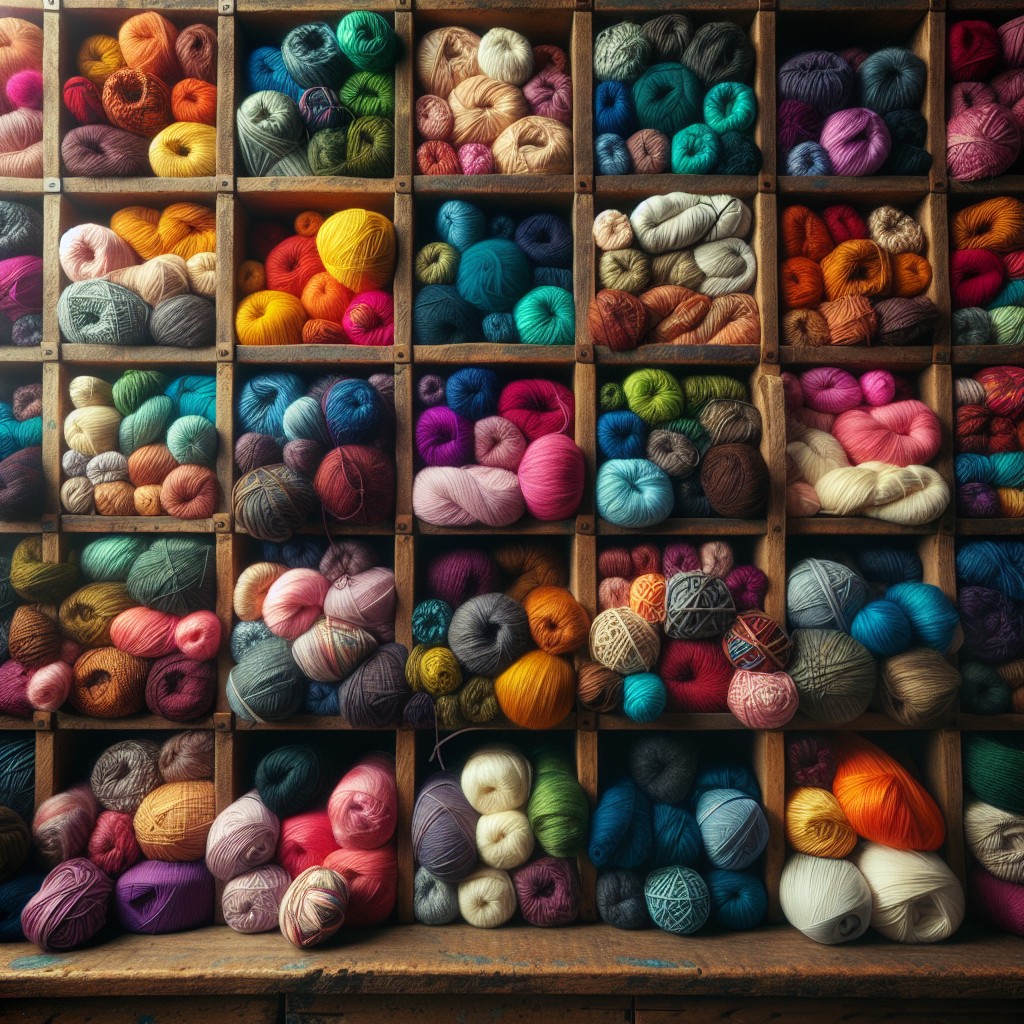
These types of yarns combine two or more different fibers to create unique textures, colors, and properties. For example, wool blended with silk can result in a soft yet durable yarn that has a slight sheen to it.
One advantage of blended fiber yarn packages is that they often have the best qualities of each type of fiber used. This means you can get the warmth and durability from wool while also enjoying the softness and drape from silk or cotton.
When choosing a blended fiber package, pay attention to the ratio of fibers used as this will affect how your finished project turns out. A higher percentage of one type may make your project feel stiffer or softer than intended.
Yarn Package Shapes and Structures
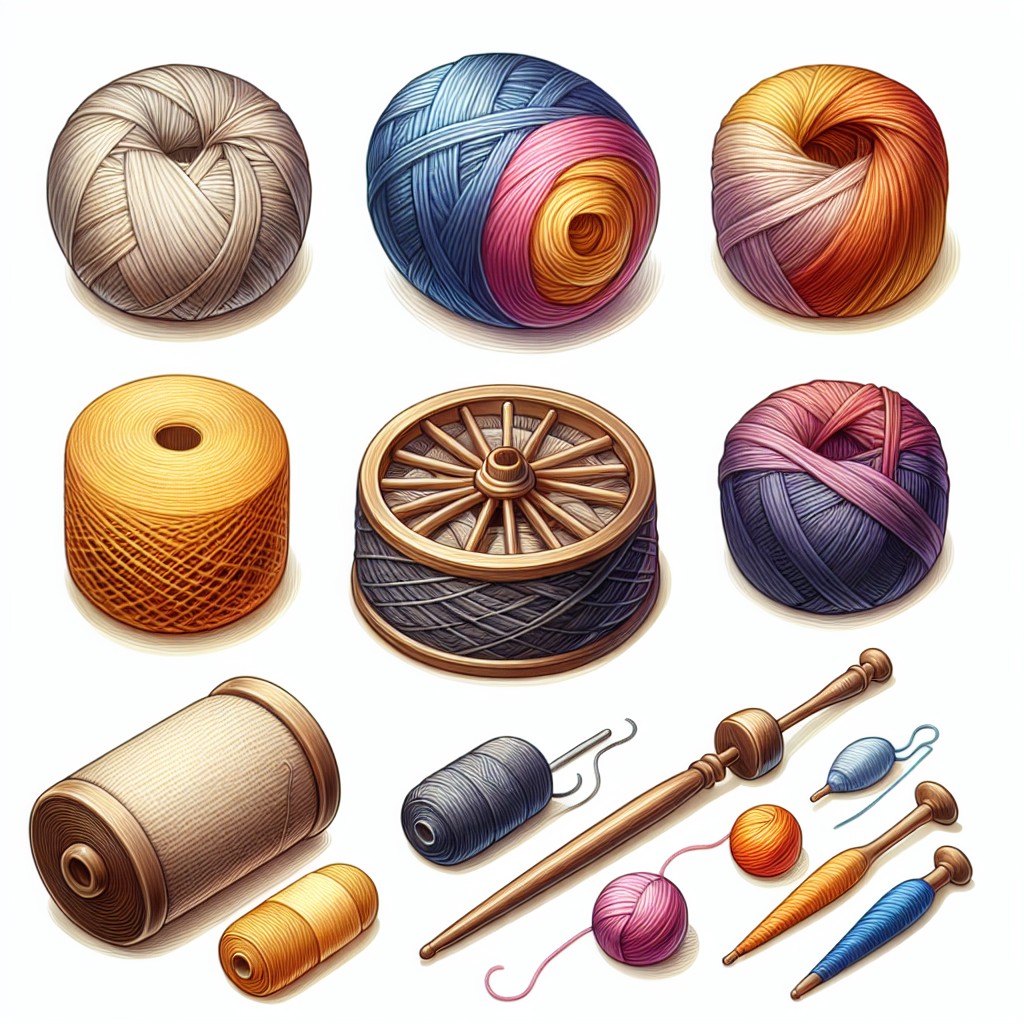
The most common shapes for yarn packages are balls, skeins, and hanks.
Balls are perhaps the most familiar type of yarn package. They’re typically round or oval-shaped and come in a variety of sizes.
Balls can be wound by hand or using a ball winder for easier storage.
Skeins are similar to balls but have an elongated shape that makes them easier to unwind as you work on your project. Skeins often have ties at regular intervals along their length that help keep them from tangling while you use them.
Hanks are long loops of loosely-wound yarn that need to be wound into balls or skeins before they can be used. Hanks tend to take up more space than other types of packaging but allow for better visibility when selecting colors since they’re not tightly compressed like other types.
Yarn Package Sizes and Weights
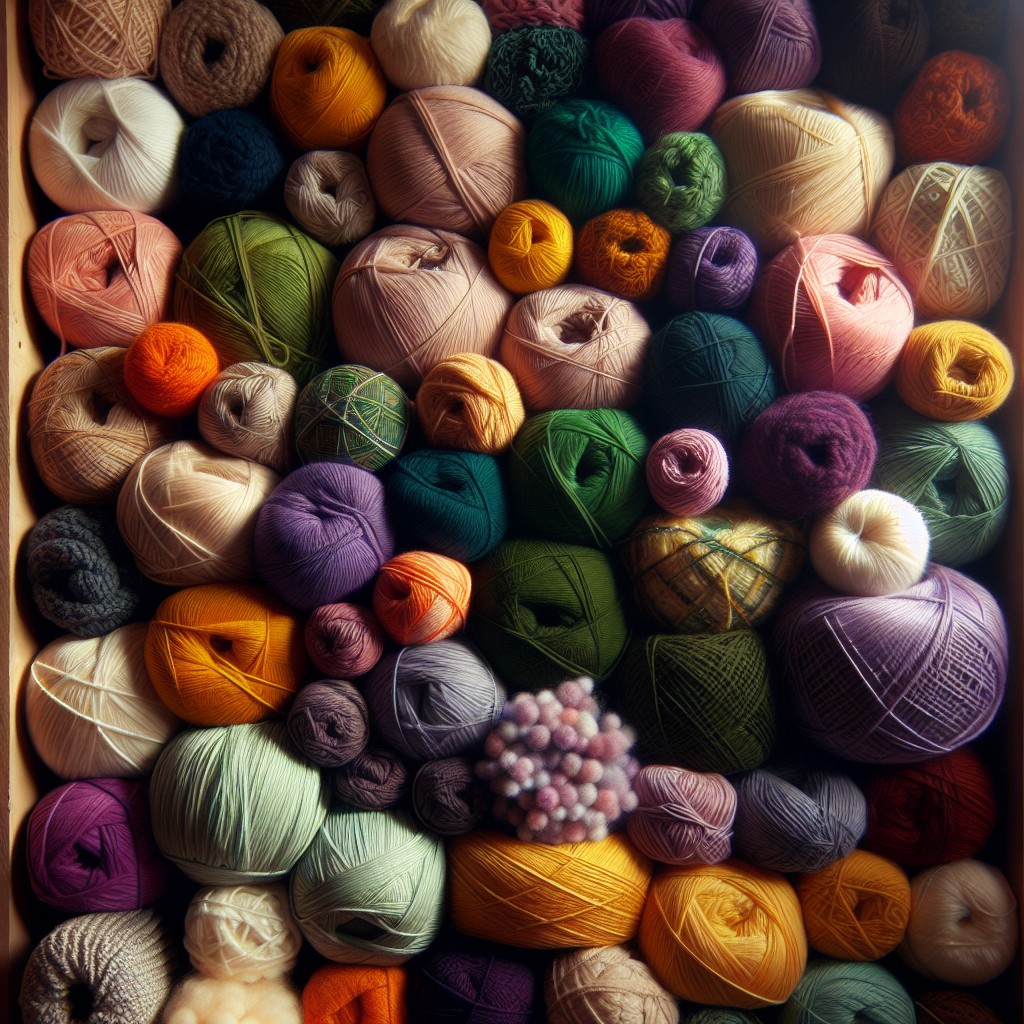
The amount of yarn you need for a project depends on the pattern, stitch type, and desired finished product. Yarn is typically sold in skeins or balls that range from 25 grams to over 200 grams.
The weight of the yarn refers to how thick or thin it is and can be measured in different ways depending on where you live. In North America, we use a system called “yarn weights” which ranges from lace (the thinnest) all the way up to super bulky (the thickest).
Each weight has its own recommended needle/hook size as well as gauge information.
In Europe and other parts of the world, they use a system based on meters per gram instead of thickness. This means that two skeins with different weights could have similar yardage but feel completely different when worked up into a project.
It’s essential always check your pattern requirements before purchasing your yarn so that you know exactly how much you’ll need for your specific project.
Eco-Friendly Yarn Packaging Options
Fortunately, there are many sustainable alternatives available that can help reduce waste and minimize your carbon footprint.
One popular option is recycled paper or cardboard packaging. Many manufacturers now use recycled materials for their yarn labels and tags, as well as for the outer packaging.
These materials are biodegradable and can be easily recycled after use.
Another eco-friendly choice is reusable storage containers made from natural materials such as bamboo or cotton. These containers not only reduce waste but also provide a convenient way to store your yarn stash while keeping it organized.
Some companies have even started using compostable bags made from plant-based materials like cornstarch or potato starch instead of traditional plastic bags. While these may cost a bit more than other options initially, they break down quickly in landfills without releasing harmful chemicals into the environment.
Specialty Yarn Packages
These types of packaging can include everything from hand-dyed skeins to mini-balls in a variety of colors. Specialty yarns often come in limited edition or seasonal collections and can be made from unusual materials like bamboo, silk, or even recycled plastic bottles.
One popular type of specialty package is self-striping yarn that creates stripes as you knit or crochet without having to change colors manually. Another option is gradient sets where each skein gradually changes color creating an ombre effect when used together.
While these types of specialty packages may cost more than traditional ones, they offer a one-of-a-kind look that cannot be replicated with regular packaged yarns. They’re perfect for adding some extra flair and personality to your projects.
Yarn Package Labels and Information
Yarn manufacturers provide essential details on their packaging that can help you make informed decisions about your purchase. These details include fiber content, weight, yardage/meterage, dye lot number (if applicable), care instructions and more.
Fiber content is perhaps the most important piece of information on a yarn label as it determines how your finished project will look and feel. Labels also indicate whether the yarn is natural or synthetic fibers or blended with both.
Weight refers to how much one ball/skein/hank weighs in ounces/grams while yardage/meterage indicates how long each ball/skein/hank measures in yards/meters respectively.
Dye lot numbers are critical when working with multiple skeins/balls of the same colorway as they ensure consistency across all skeins/balls used for one project.
Yarn Package Storage and Organization
After all, you don’t want your beautiful skeins getting tangled or damaged before you even have a chance to use them! The way you store your yarn packages will depend on the type of package they come in. For example, if you have hanks of yarn, it’s best to wind them into balls before storing them.
This will prevent tangling and make it easier for you to work with the yarn later on.
For smaller skeins or balls of yarn, consider using clear plastic bins or drawers so that you can easily see what colors and textures are available without having to dig through a pile. You can also sort your stash by color or fiber type for easy access.
If space is an issue in your crafting area (as it often is!), consider investing in some vertical storage solutions like shelves or hanging organizers that allow for easy visibility while taking up minimal floor space.
How To Choose Yarn Packaging
First and foremost, think about the type of project you’re working on. If you’re making something small like a hat or scarf, then a skein or ball may be sufficient.
However, if you’re working on a larger project like an afghan or sweater, then hanks may be more practical.
Another factor to consider is the fiber content of your yarn. Natural fibers such as wool and cotton tend to come in hanks while synthetic fibers like acrylic are often packaged in balls or skeins.
It’s also important to pay attention to the weight and yardage listed on each package so that you can ensure that you have enough for your entire project without having too much leftover.
Lastly, don’t forget about eco-friendly options! Many companies now offer sustainable packaging alternatives such as recycled paper bands instead of plastic wrap.
By taking these factors into consideration when choosing your yarn packaging, not only will it make your crafting experience more enjoyable but also help ensure that your finished product turns out just how you envisioned it!.
FAQ
What are the different categories of yarn?
Answer: The different categories of yarn include lace (0), super fine (1), fine (2), light (3), medium (4), bulky (5), super bulky (6), and jumbo (7).
What is a package of yarn called?
A package of yarn is called either a ball, skein, cake, or hank, and these terms may sometimes be used interchangeably.
What are the different types of yarn put ups?
Answer: The different types of yarn put ups include skein, ball, hank, and cake.
What are the various properties of yarn to consider when choosing the right type for a specific knitting or crocheting project?
Answer: The properties of yarn to consider when choosing the right type for a specific knitting or crocheting project include fiber content, yarn weight, texture, color, and washability.
How are yarn weights classified, and what are their corresponding uses?
Yarn weights are classified into categories like lace, fingering, sport, worsted, aran, bulky, and super bulky, and they correspond to various uses such as delicate shawls, socks, sweaters, scarves, hats, blankets, and heavy winter garments, respectively.
What is the significance of a yarn’s ply and how does it affect the overall texture and strength of the final product?
A yarn’s ply signifies the number of strands twisted together, influencing the texture and strength of the final product, with higher ply generally yielding a smoother and stronger material.

